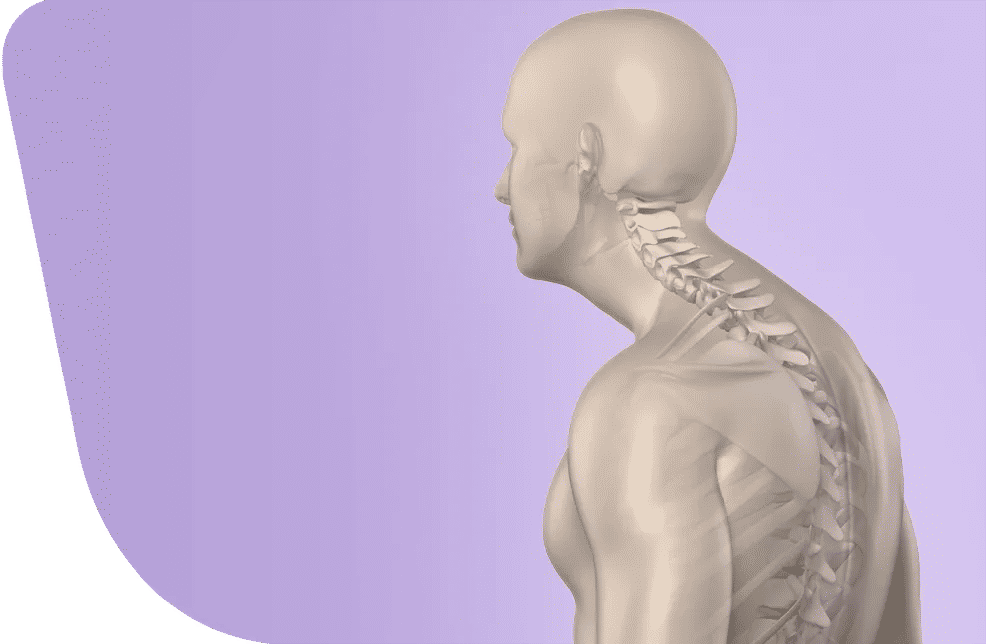- - What is Constrained Knee Replacement?
- - Comparison between Total Knee Replacement and Constrained Knee Replacement
- - Who is a Good Candidate for Constrained Knee Replacement?
- - Types of Constrained Knee Implants
- - What Implants are Used in Constrained Knee Implants?
- - Benefits of Constrained Knee Replacement
- - Potential Risks and Complications
- - Recovery and Rehabilitation
- - How Can Turkey Luxury Clinics Help You?
- - Key Takeaway
Knee replacement surgery has become a common and effective solution for individuals suffering from severe knee pain or damage. Among the different types of knee replacement procedures, constrained knee replacement plays a vital role for patients with specific needs. This comprehensive guide explores the key aspects of constrained knee replacement, helping you understand when it’s needed, how it works, and what to expect.
What is Constrained Knee Replacement?
Constrained knee replacement is a specialized form of knee arthroplasty designed for patients with significant ligament damage or instability in the knee joint. Unlike standard knee replacement procedures, constrained implants feature a hinge mechanism that provides added stability and support, compensating for weak or absent ligaments.
Comparison between Total Knee Replacement and Constrained Knee Replacement
| Total Knee Replacement | Constrained Knee Replacement | |
| Stability Mechanism | Implant relies on patient’s natural ligaments to stabilize the knee joint | The patient’s natural ligaments are insufficient, damaged, or entirely absent |
| Indications | Moderate or severe arthritis, cartilage damage, or general knee pain | Severe ligament damage, instability, or significant bone loss |
| Implant Design | Simple, components mimic the natural anatomy of the knee. | Has a hinge or linked design and may include additional such as long intramedullary stems |
| Surgical complexity | Straightforward procedure | More complex |
| Range of Motion | Offers a more natural range of motion | Hinge mechanism may limit the range of motion |
| Durability and Risk of Wear | Less complex implants offer long durability | Constraint mechanism can lead to faster wear |
Who is a Good Candidate for Constrained Knee Replacement?
This procedure is typically recommended for:
- Patients with severe arthritis, particularly in cases of advanced rheumatoid arthritis.
- Individuals with extensive ligament damage due to trauma or multiple prior surgeries.
- Cases where previous knee replacements have failed and require revision surgery.
- People with significant bone loss or deformities around the knee joint
Types of Constrained Knee Implants
There are different levels of constraint in knee implants, depending on the extent of the patient's ligament damage:
- Semi-constrained implants: Provide moderate stability while preserving some natural knee movement.
- Fully constrained implants: Include a fixed hinge that offers maximum support for highly unstable knees
What Implants are Used in Constrained Knee Implants?
In a constrained knee replacement, the surgeon uses specialized implants designed to provide enhanced stability for the knee joint. These implants differ from standard knee replacement components in several key ways to address the challenges of severe instability or ligament damage. Here's what is typically used:
- Hinged Implants: These implants are designed with a hinge mechanism connecting the femoral (thigh bone) and tibial (shin bone) components. The hinge allows controlled motion and prevents excessive movement that could cause instability.
- Fixed Bearings: Some constrained implants feature a fixed bearing design to minimize wear and provide additional stability.
- Modular Components: Surgeons can customize the components to fit the patient’s anatomy, including extensions or augmentations to accommodate bone loss.
- Intramedullary Stems: Constrained knee implants often include intramedullary stems that extend into the femur and tibia. These stems provide additional support and ensure that the implant remains securely fixed, particularly in cases of weakened or compromised bone.
These components and techniques ensure that the knee joint remains stable and functional, even in the absence of natural ligament support. If you’re curious about the specific materials or brands commonly used, surgeons often rely on trusted manufacturers like Zimmer Biomet, Stryker, or DePuy Synthes for constrained knee systems.
Benefits of Constrained Knee Replacement
- Enhanced joint stability.
- Improved mobility and function in cases of severe ligament damage.
- Relief from chronic pain and discomfort.
- Longer-lasting results compared to standard implants in complex cases.
Potential Risks and Complications
As with any surgery, there are potential risks, including:
- Infection at the surgical site.
- Implant wear or failure over time.
- Limited range of motion compared to standard knee replacements.
- Blood clots or other complications related to surgery.
Recovery and Rehabilitation
Recovery from constrained knee replacement may take longer than standard procedures due to the complexity of the surgery. Key recovery steps include:
- Physical therapy: To regain strength, flexibility, and balance.
- Pain management: Using prescribed medications and techniques.
- Regular follow-ups: To monitor implant stability and address any concerns.
How Can Turkey Luxury Clinics Help You?
For most people, knee replacement is a total game-changer! It provides much-needed pain relief, improved mobility, and a better quality of life. The American Academy of Orthopedic Surgeons (AAOS) reports that knee replacement surgery is one of the most successful procedures in all of medicine. In fact, approximately 790,000 total knee replacements are performed annually in the United States.
Contact Turkey Luxury Clinics today to speak with our experienced orthopedic team. They will be happy to provide you with a consultation on your case and recommend the optimal solution.
Key Takeaway
In summary, a constrained knee replacement is specifically designed for patients with severe knee instability or deformities that make a standard knee replacement impractical. It aims to provide greater stability, though it comes with certain trade-offs in terms of range of motion and long-term wear. The surgery is generally more expensive than a standard knee replacement due to specialized implants and surgical requirements.












.webp)
.webp)
.webp)
.webp)

